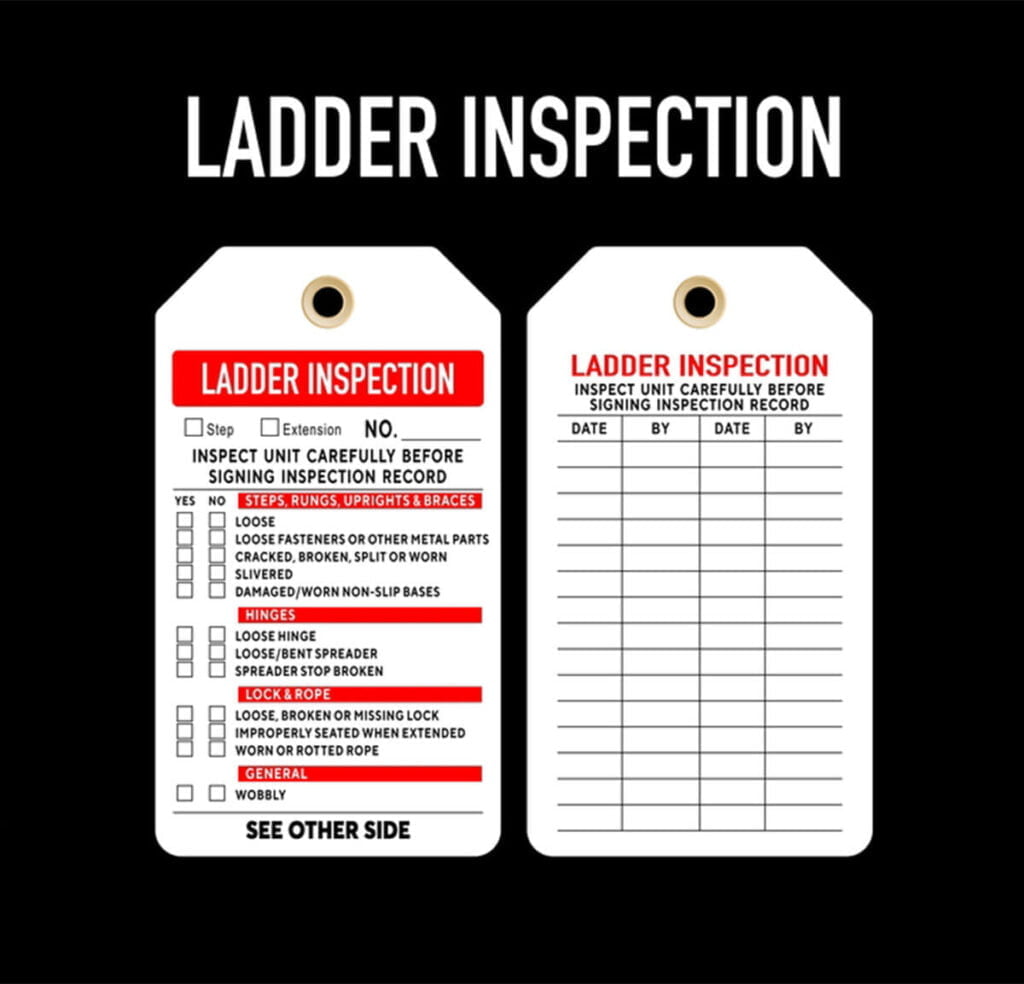Scaffold tags are crucial for any scaffolding because they indicate the status of the scaffold and the last time it was inspected. Usually, the tags are placed after an inspection entailing crucial information. It’s crucial in ensuring workers’ safety because it details the scaffold’s history after each inspection. Here’s all you need to know regarding scaffold tag requirements and the different types there are.

What are the requirements of a scaffold tag
Scaffold tags are not a legal requirement, however, they are a crucial indicator to the scaffold workers because they show whether the scaffold is safe to use. Scaffold inspection is a mandatory legal requirement in the UK. Whenever an inspection is done, tags are used to give a summary of the scaffold’s history. Some of the crucial scaffold tag requirements include the following:
Last inspection date
The scaffold tag holds a card (it can be green, red and sometimes yellow) depending on how safe it is. This card should indicate the date when the scaffold was inspected and certified for usage. As required by the regulations, scaffolding should be inspected regularly and at intervals of seven days, or when faulty. This is something scaffold users should look out for before using scaffolding.
Status of the scaffold
The outcome of the inspection will determine the status of the scaffold. Is it a ‘pass’ or a ‘fail?’ A fail means the scaffolding isn’t safe for use.
An identifier
The tag should entail a unique identifier like a barcode or serial number. This is crucial because it aids in the easy identification of a scaffold and it also helps track its inspection history. If there are several scaffolds on the site, each scaffold should have its own unique identifier, they shouldn’t be similar.

Details of the inspector
The card in the scaffold tag should have the details of the scaffolder. This includes the name and signature of the scaffold inspector. It’s recommended that all scaffold inspections be done by a competent and qualified person.
Relevant contact information
Important contact information such as the name and phone number of the company responsible for the scaffold, in case of any emergency or inquiry. The tag should have information detailing the persons in charge of installing, managing, and dismantling the scaffold.
Types of scaffold tags in the UK
As mentioned, scaffold tags are an indication of how safe the scaffold structure is. The scaffold tags are colour-coded either green, red or yellow. In the UK, the green and red tags are commonly recognised but some companies can have their own tagging system. Here are the different types of scaffold tags and what they stand for.
Green tag
If the scaffold has a green tag, it means that it has been inspected by a competent person and it’s safe for use. The card should include the last inspection date, the details of the inspector and any other relevant details.
Red tag
The red tag is an indication that the scaffold has failed inspection and it isn’t safe for use. It should include the faults or defects detected and measures that should be taken to correct the error. Workers should avoid using scaffolds that have a red tag.
Yellow tag
A yellow tag is an indication that the workers should take caution when using the scaffold. It’s an indication that although the scaffold is safe to use, some parts don’t meet the safety requirements. In such cases, the workers will need to consult the supervisor or person in charge before using the scaffolding to avoid any accidents or injuries.

Benefits of having a scaffold tag
Scaffold tags are a crucial requirement when it comes to scaffolding safety. Some of the reasons a scaffold tag is necessary include the following;
- It indicates the safety status of scaffolding
- There’s more accountability in ensuring the scaffold is safe
- Ensures all stakeholders have access to the same information
- It makes it easier to track the scaffold inspection history
- It informs workers of a safe scaffold load capacity
With scaffold tags being such a crucial aspect when it comes to scaffolding safety, you should ensure that they are placed where they are clearly visible to avoid any hazardous situations. Also, adhering to the scaffold tag requirements above will help you avoid any penalties. Always remember to remove the tags whenever the scaffold is no longer in use.